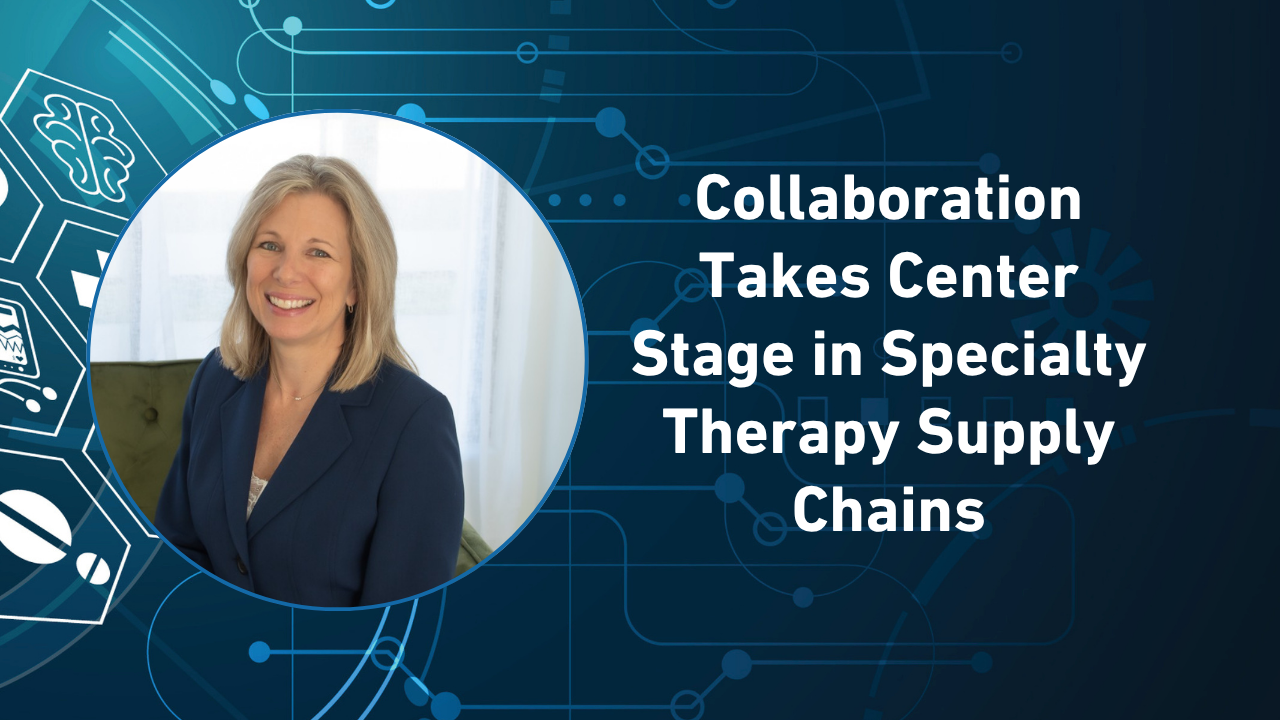Pharma companies spend billions of dollars every year on TV advertising, hoping to make an impression in living rooms across America. Yet, if we’re being honest, most of these ads fade into the background noise—overshadowed by their own clichés. The smiling families walking in parks, the obligatory “talk to your doctor” tagline, and the laundry list of side effects mumbled at the end.
So, what separates a great pharma TV ad from the ones people tune out?
1. Clarity Over Complexity
Most ads try to cram too much information into 60 seconds—mechanism of action, multiple benefits, endless disclaimers. The result? Confusion and disengagement.
A great ad makes one clear, powerful point. Whether it’s relief from a specific pain or the freedom to live life fully again, the message is simple and memorable.
2. Emotion Before Information
Patients don’t connect with molecules or clinical jargon—they connect with feelings. Ads that resonate emotionally (such as hope, relief, and dignity) tend to stick.
Think of the difference between showing a chart about blood sugar levels versus showing someone confidently ordering dessert at a family dinner. One is data. The other is life.
3. Authenticity Over Stock Scenarios
The industry has trained viewers to expect the same tired formula: a patient jogging, gardening, or playing with grandkids while the VO rattles off warnings. These spots are instantly forgettable.
Great ads break that mold. They tell a story that feels real, not scripted. They use everyday language instead of sanitized marketing speak. They feature patients who look like actual people—not flawless actors.
4. Relevance to the Right Audience
A brilliant TV ad isn’t for everyone—it’s for someone. The patient (and caregiver) who will see themselves in the story. Ads that try to speak to everyone dilute their message. Ads that zero in on the lived experience of a condition earn trust and attention.
5. Creative Courage
The best pharma ads don’t just follow FDA guidelines; they work within them to find fresh ways to communicate. This takes courage. It means stepping away from the “safe” template and taking creative risks—whether it’s humor, stark realism, or storytelling that doesn’t look like an ad at all.
Why Most Ads Fail
Because they’re built by committee, risk-averse compliance teams, conservative brand managers, and creative agencies often play it safe, resulting in cookie-cutter spots. The result? Ads that technically “check the boxes” but fail to connect.
A great pharma TV ad isn’t about spending more money—it’s about respecting the audience. Patients and caregivers don’t want to be talked at. They want to be understood, acknowledged, and inspired.
When pharma gets that right, the ad doesn’t just get noticed—it gets remembered. And more importantly, it builds trust in a space where trust is often fragile.










